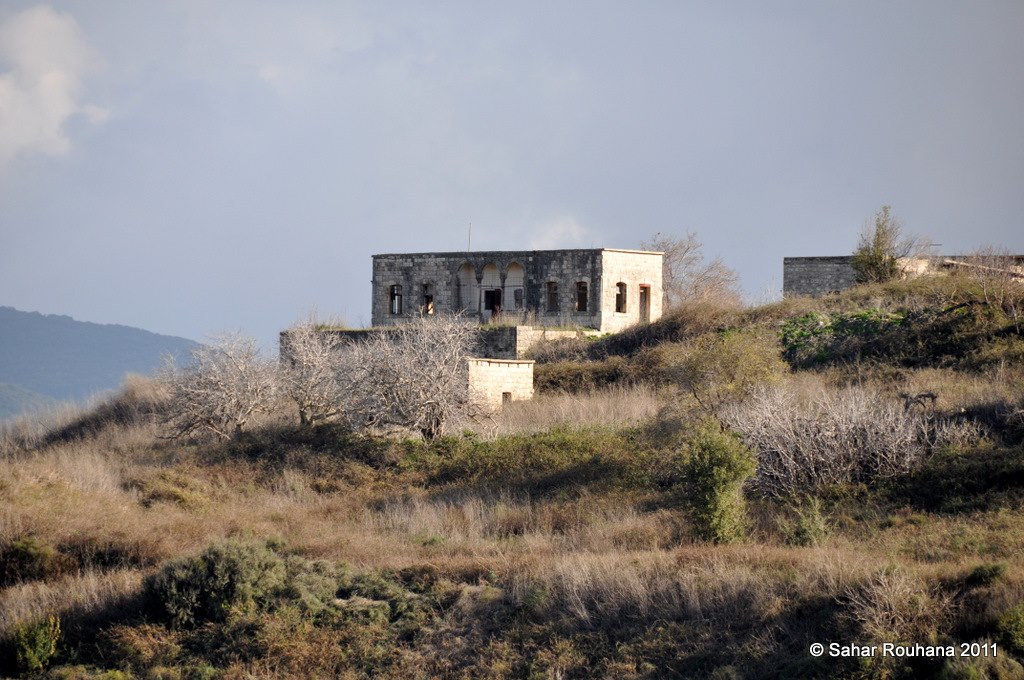Info
District: Akka (Acre)
Population 1948: 1320
Occupation date: 30/10/1948
Occupying unit: Carmeli & Oded & 7 brigades & Golani
Jewish settlements on village/town land before 1948: None
Jewish settlements on village/town land after 1948: Netua, Matat, Abirim
Background:
The village stood on a rocky hill at the center of western Upper Galilee, about 5 km south of the Lebanese border. It was located 26 km northeast from Acre, and linkedby a road to Fassuta in the north and Tarshiha in the southwest.
Dayr al-Qasi came inder Israeli control on 30 October 1948, probably after the capture of neighboring Tarshiha. The cpature of both villages was part of Operation Hiram, an Israeli offensive launched towards the end of the war to conquer the remainder of the Galilee. After the assault on Tarshiha, according to the History of the war of Independence, some of the village's defenders withdrew along a hidden road that passed through Dayr al-Qasi and led northwards to Rumaysh in Lebanon. This route, which the Haganah called the "Qawuqji road", was the major Arab Liberation Army (ALA) supply line to Upper Galilee.
Israli historian Benny Morris indicates that the inhabitants of the village were not expelled during the attack, for it is reported that 700 people still lived in Dayr al-Qasi, al-Bassa, and Tarshiha two months later, in December 1948. At first, some Israeli circles objected to their expulsions on military grounds. They argued that it was inadvisable to expel the villagers and replace with newly-arrived Jewish immigrants with no military training. (Dayr al-Qasi was considered to be strategically located because of its proximity to the Lebanese border.) These arguments were brought before the Israeli cabinet on 9 January 1949, according to Israeli records, and were overriden by a decision "to encourage introducing olim [Jewish immigrants] into all abbandoned villages in the Galilee." This aim was achieved ar Dayr al-Qasi by 27 May 1949, according to Morris, but he does not say when the villagers were expelled or where they went.
Elqosh, established in 1949, occupies part of the village site. Netu'a, founded in 1966, Mattat, founded in 1979, and Abbirim, founded in 1980, are also on village lands. Netu'a is near the neighboring village of al-Mansura.
A few stone houses still are used as residences or ware-houses by the inhabitants of Elqosh. The debris of destroyed houses is strewn over the site. The school building stands deserted. Fig and olive trees and cactuses grow on the site.


